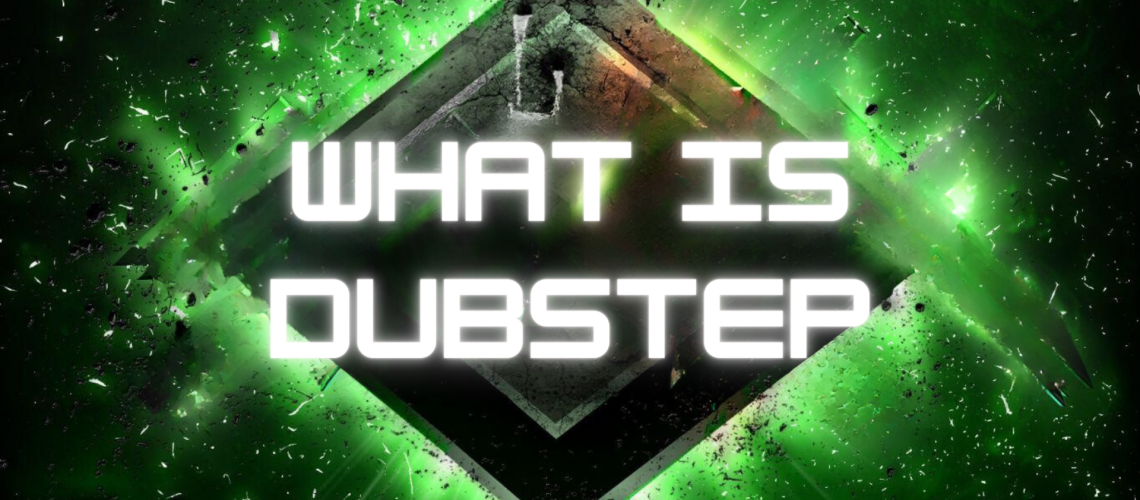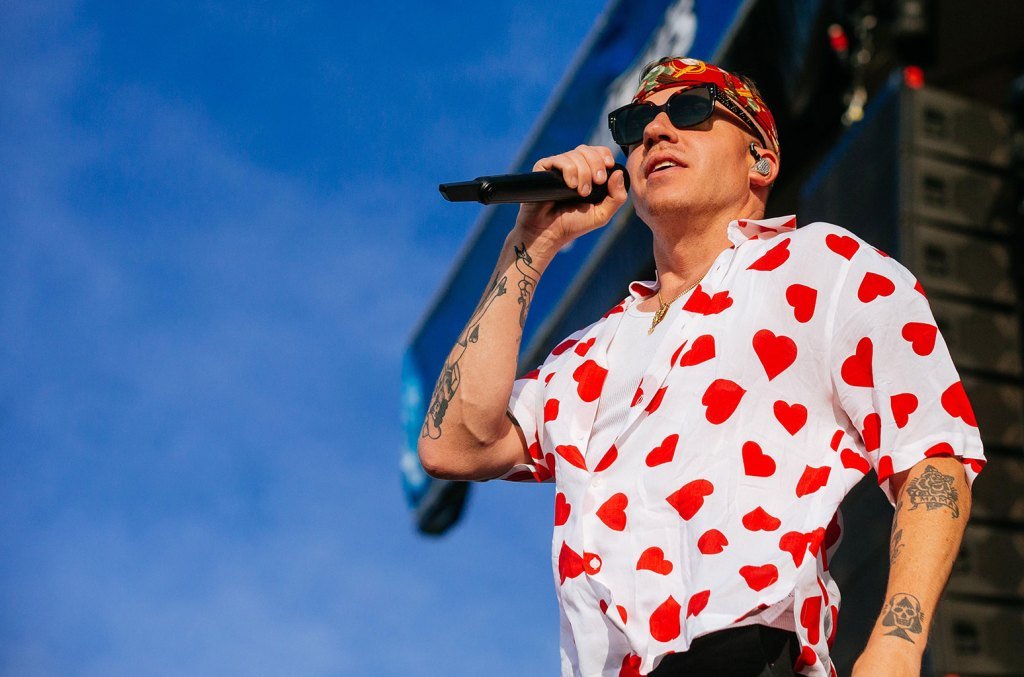I remember the first time I heard the word dubstep. It was my brother telling me: “You’ve got to listen to this dubstep track!”
The track was Scary Monsters and Nice Sprites. And the artist was Skrillex.
I had never heard anything like it. It was aggressive, in your face, atonal but yet musical. From there, I went on a journey to explore the roots of dubstep.
In this guide, we’ll explore what Dubstep actually is, where it came from, and where it’s headed (maybe).
So… What is Dubstep?
At its core, dubstep is all about the bass. A true dubstep track lays down deep, rumbling foundations that shake you to your core. Picture yourself in a dark, underground club, the bass pulsating through your veins as the music takes control. That’s the power of dubstep.

But let’s not get ahead of ourselves. To truly understand dubstep, we need to rewind a bit and explore its origins.
Born in the underground music scene of South London in the late 1990s, dubstep emerged from the melting pot of influences, including reggae, dub, jungle, and garage.
As dubstep began to spread its wings beyond London, it underwent a process of evolution, morphing and mutating into new forms with each passing year. Producers pushed the boundaries of what was possible, experimenting with new sounds and techniques to keep the genre fresh and exciting.
What Sets Dubstep Apart?
Through the years, dubstep has become a very codified genre. Here are some of its main features.
Sound design
Sound design is crucial in dubstep. Whereas other genres like jungle or house might focus on sampling; dubstep is all about sound design. From basses to leads to pads, sound design and especially FM synthesis are used to create otherworldly sounds.

Want to learn sound design? Check out our courses here.
The bass
Sub-bass frequencies are a key aspect of dubstep. Those deep, rumbling tones that you feel rather than hear? Yep – that’s the sub. These low-frequency vibrations are the backbone of dubstep. They provide a solid foundation upon which the rest of the music is built.
Dubstep also puts an emphasis on heavy bass modulation.
Producers manipulate low-frequency oscillators (or LFOs) to create those signature wubs and wobbles. The bass sound is often generated through FM synthesis, giving it a harsh and metallic sound.
Dubstep producers will also use heavily-processed vocals for their bass. These vocals are passed through a vocoder and manipulated to create a bass pattern.
The drums
Dubstep is characterized by its syncopated beats, demanding the listener’s full attention. The pattern is often stripped back, with minimal hats and percussion. However, the kick and snare are massive, with the snare occupying a wide frequency range and being soaked in reverb.
To add extra emphasis on the drums, dubstep producers make heavy use of sidechain compression.
This is when you lower the volume of an element automatically when another plays. In the case of dubstep, almost every single musical element’s volume is turned to zero right when the kick and snare hit. This allows them to blast through the mix for maximum impact.
The drop
Of course, no discussion of dubstep would be complete without mentioning the infamous “drop.” This is the moment in a dubstep track when everything comes crashing together.
A classic dubstep drop will often feature a pre-drop vocal, getting the crows hyped up.
The arrangement
A modern dubstep track is made for the dancefloor. That’s why it’s arrangement is constantly changing and evolving.
While other genres like techno are happy to keep the same pattern going for 16 bars or more, dubstep switches things every 4 bars (or even less).
This means the listener (or raver) is constantly stimulated by changing patterns, new melodies and evolving sounds every few seconds.
Dubstep = Skrillex?
So far in this guide, I’ve painted a picture of dubstep as this hyper-energetic, Coachella-style music.
However, the true origins of dubstep are much darker and twisted.
Check out this track for example:
Yep, that’s where dubstep originated. Pretty different from some of the other examples I showed, right?
Without getting too much into the historical weeds, dubstep underwent major changes during its migration to the US.
One of the most well-known subgenres is brostep. Brostep is characterized by its aggressive, high-energy style. It often features harsh, distorted sounds and fast tempos.
Post-dubstep is another variation. This subgenre is more experimental. It blends dubstep with other styles like ambient, house, and techno. Artists like James Blake and Mount Kimbie are associated with post-dubstep. Their music is more introspective and less focused on heavy basslines.
Future garage and chillstep are also related to dubstep. Future garage takes the rhythmic elements of dubstep and combines them with softer, more melodic sounds. Chillstep, as the name suggests, is a more relaxed version of dubstep. It features smooth, mellow basslines and soothing melodies.
So if you’re like me and your introduction to dubstep was through Skrillex or Modestep, then there is a whole other world for you to explore.
Last Words
That’s a wrap on this guide about what is dubstep! Hopefully you now have a better understanding of what dubstep is, and where it came from.
Got any questions? Want to start learning how to make electronic music yourself? Drop me a line over [email protected]




